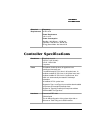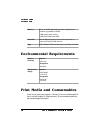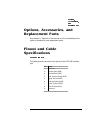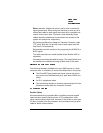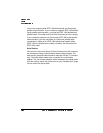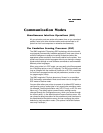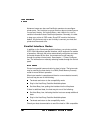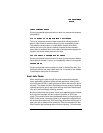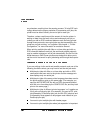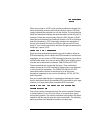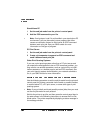
Communication Modes
Simultaneous Interface Operations (SIO)
All your printer’s ports are active at the same time, so you can attach
parallel, serial, and other interface cables and communicate to all
ports from four host computers or networks simultaneously.
The Emulation Sensing Processor (ESP)
The QMS
magicolor
CX employs ESP technology, which works with
most popular commercially available applications, and uses a form of
artificial intelligence to analyze incoming file data and select the
appropriate printer emulation from those installed on the printer. Your
printer can interpret printer languages without your having to change
printer switch settings or send software commands to accommodate
different printer languages.
When your printer is in ESP mode, you can easily print files prepared
for a PostScript printer or an HP LaserJet. The file prints correctly as
long as it begins with the traditional PostScript or HP PCL commands
for such items as page formats and job parameters (number of cop-
ies, page margins, fonts).
The QMS
magicolor
CX prints almost any file sent in an emulation
ESP technology understands. Most users never have to change from
ESP mode to another mode.
You can either allow your printer to operate in its default ESP mode or
configure its ports to accept jobs in only a particular emulation mode
(for example, PostScript emulation only, HP PCL only, or HP-GL emu-
lation only). The default printer communication settings can be
changed through the Configuration menu, which you access through
the control panel—in the Administration/Communications menu. You
can choose a default emulation for the parallel and serial interfaces in
the Administration/Emulations menu, and can configure the printer
defaults for each emulation mode. (The optional LocalTalk interface
uses only PostScript.)



